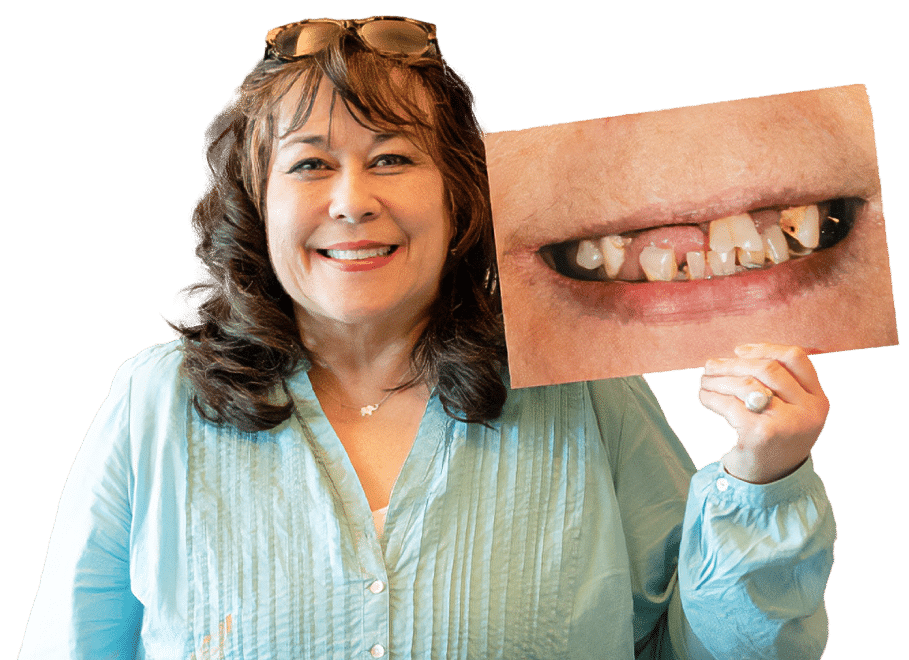Does Oil Pulling Work?
Oil pulling is the funky name used to market an ancient practice of Ayurvedic medicine to the US health food subculture. Although there are some scientific studies that support limited claims for the effectiveness of the technique, there are many outrageous claims out there about the technique, and it’s important to be aware of which claims might have some basis in fact and which don’t.
What Ayurvedic Medicine Says about Oil Pulling
The Ayurvedic names for the technique that is the basis for oil pulling are kawal (also kaval or kavala) and gandush (also gandoosh or gandusha).
Modern advocates of the techniques are perfectly happy to make some astounding claims about the effectiveness of these techniques. According to these advocates, kawal cures:
- Headaches
- Ear conditions
- Eye diseases
- Sinusitis
- Drowsiness or fatigue
- Anorexia
- Excessive salivation
- Throat problems
- Thirst
While gandush can improve:
- Jaw and chin strength
- Strength of face
- Appetite
- Sense of taste
- Voice and speech
- Dry lips
- Strength of gums and teeth
However, these claims go far beyond the original usage in the Ayurvedic medicine. The reasons for this are both complex and simple. Since at least the time of the first British colonists through The Beatles’ retreat with the Maharishi Mahesh Yogi through the New Agers of the 80s and finally the contemporary health foodies, Westerners have been coming to India seeking to learn the “Wisdom of the Orient” and especially the secret medical knowledge of India. Over these hundreds of years, Indians have learned how best to market their knowledge so it hits home with a captive target audience.
You can get an idea of how different modern claims are from ancient ones by actually looking at an Ayurvedic text, such as the Sushruta Samhita, which dates from the 3rd or 4th century BCE. Here’s a remedy for pari-dara (bleeding gums):
In a case of Pari-dara the treatment should consist of the remedies described in connection with Sitada. In a case of Upa kusai as well, the system of the patient should be cleansed both ways (by means of emetics and purgatives), and his head should be cleansed with Siro-virechana. The affected part (in a case of Upa-kus’a) should, in addition, be bled (by rubbing it over) with the leaves of the Kdkodtimbarikd, or of the Goji, or with the application of a medicinal compound composed of the five officinal kinds of salt and Trikatu mixed with honey. Tepid watery solutions of Pippali^ (white) Sarshapa Ndgara, and Nichula fruits should also be used as gurgles (Kavala). The use of clarified butter cooked with the drugs of the Madhuta (Kdkolyddi) group as errhine (Nasya) and gargle (Kavala) is also recommended.
As you can see, it would be a mistake to claim that kawal is a “cure” for bleeding gums. Rather, it’s one of many recommended treatments.
Another way that modern oil-pulling differs greatly from kawal is in the composition of the rinse. Most often, what’s recommended is a kawala-dharana, a medicated gargle, that is formulated from numerous ingredients.
What the Current Fad Will Tell You about Oil Pulling
The modern fad of oil pulling, in contrast, is simply rinsing your mouth with coconut or another natural oil. Drawing from the claims of modern Ayurvedic proponents, the benefits are numerous:
- Whiter teeth
- Stronger gums, teeth and jaw (including TMJ)
- Acne cure
- Cavity prevention
- Detoxification of body
- Hangover cure
- Improved sleep
- Cleared sinus and reduced allergies
- Bad breath cure
- Chronic pain reduction
- Improved hormone balance
This list of benefits for the current fad traces its lineage back to the the 2008 book Oil Pulling Therapy: Detoxifying and Healing the Body Through Oral Cleansing. The author, Dr. Bruce Fife, head of the Coconut Research Institute, links oil pulling with coconut oil, whereas most Indian advocates emphasized sesame oil. He also links the technique with the health foodie darling of “detoxification,” one of their most treasured myths. Detoxification has its own pretty storied lineage, and has been embraced over and over again by many cults, from the Scientologists to the Breatharians.
Whether Dr. Fife is a true believer in the technique or a shill for the coconut oil industry, he helped kick off demand for coconut oil in the West, which is triggering local shortages.
What Science Says about Oil Pulling
There is some positive evidence for some of the claims about oil pulling, but all of them are associated with oral hygiene gains in terms of lower bacterial counts, healthy gums, and less bad breath.
It’s worth noting that the evidence is very slight. The three studies claiming the greatest effectiveness for oil pulling were all conducted by the same author, who came out as an advocate of the technique before publishing his studies, so we have reason to be dubious about them. The clinical studies are very small–there were just 40 participants in the three studies–so their level of evidence is slight. In all cases, test subjects performed oil pulling in conjunction with their daily oral hygiene routine.
Perhaps the most convincing evidence comes from the study by Thaweboon, in which various edible oils were tested in simulated biofilm conditions. Coconut oil and sesame oil both showed statistically significant antibacterial action against Streptococcus mutans, a bacterium that plays a role in gum disease and tooth decay.
And it should be noted that oil pulling isn’t without potential dangers. It has been associated with lipid pneumonia, so it’s important that you practice it with caution to ensure that you don’t aspirate any of the oil into your lungs during the time you’re swishing it.
For the most part, though, oil pulling seems pretty harmless, and if it gets you to spend more time on oral hygiene in the morning, you’re likely to see some benefit, although how much of that is from oil pulling and how much of it could be accomplished by rinsing your mouth for twenty minutes with water we can’t say.
References:
Amith HV, Ankola AV, Nagesh L. Effect of oil pulling on plaque and gingivitis. J Oral Health Comm Dent 2007 1(1): 12-18.
Asokan S, et al. Effect of oil pulling on Streptococcus mutans count in plaque and saliva using Dentocult SM Strip mutans test: a randomized, controlled, triple-blind study. J Indian Soc Pedod Prev Dent. 2008 Mar;26(1):12-7.
Asokan S. Oil pulling therapy. Indian J Dent Res 2008;[spp-timestamp time=”19:16″]9
Asokan S, Emmadi P, Chamundeswari R. Effect of oil pulling on plaque induced gingivitis: a randomized, controlled, triple-blind study. Indian J Dent Res. 2009 Jan-Mar;20(1):47-51.
Asokan S, et al. Effect of oil pulling on halitosis and microorganisms causing halitosis: a randomized controlled pilot trial. J Indian Soc Pedod Prev Dent. 2011 Apr-Jun;29(2):90-4. doi: 10.4103/0970-4388.84678.
Kim JY, et al. Recurrent lipoid pneumonia associated with oil pulling. Int J Tuberc Lung Dis. 2014 Feb;18(2):251-2. doi: 10.5588/ijtld.13.0852.
Thaweboon S, Nakaparksin J, Thaweboon B. Effect of oil-pulling on oral microogranisms in biofilm models. Asia J Public Health. 2011 2(2) 62-66.



